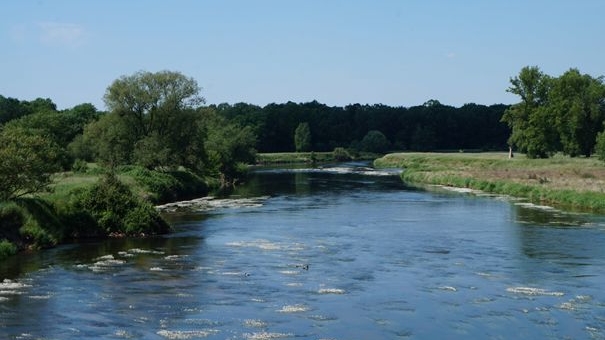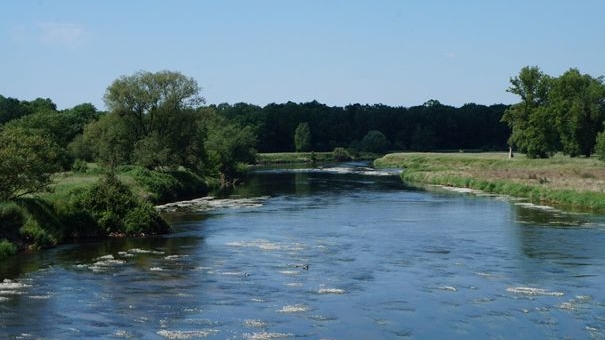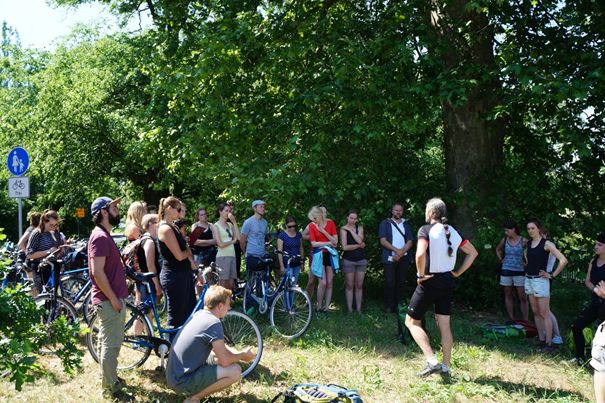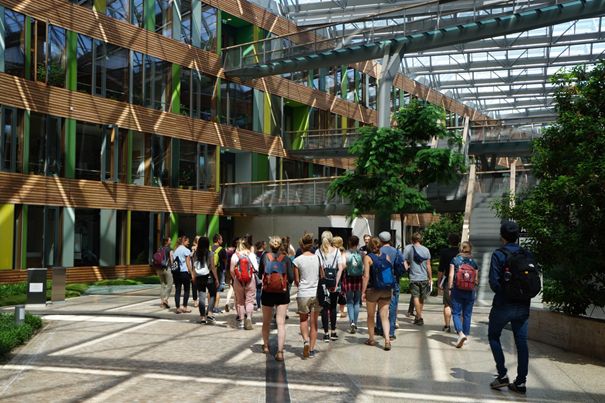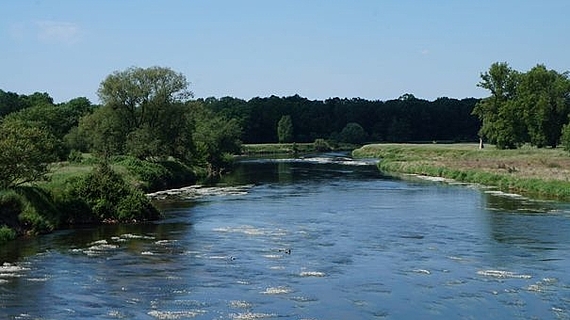
From May 21 to 24, 2018, 24 students explored the district-free city of Dessau-Roßlau (Saxony-Anhalt) and its surroundings. Within a very small area, there are numerous nature reserves, FFH and bird sanctuaries, UNESCO World Heritage Sites and the UNESCO Middle Elbe Biosphere Reserve. The latter is part of the transnational Elbe River Landscape Biosphere Reserve. The area, which is popular with tourists due to the Elbe and Mulde cycle paths and is located directly at the mouth of the Mulde and Elbe rivers, was, however, severely affected by the flood of the century in 2002. These different utilization demands characterize the field of tension in which the renaturation and research project "Wild Mulde - Revitalization of a Wild River Landscape in Central Germany" is being carried out, which was the reason for the student excursion.
In this project, which is funded by BMBF as well as BMUB and BfN, WWF Germany plans and carries out selective renaturation measures on the Mulde. The benefits of these renaturations are to be demonstrated with the ecosystem service concept and communicated in the region. For this purpose, the IUP cooperates with various research institutes and universities in Germany and Austria (www.wilde-mulde.de).
Various day tours were undertaken from the local youth hostel. The program started with a guided tour through the city center of Dessau, which focused on the eventful history and current challenges such as shrinking and aging population. The most interesting sites along the Mulde River were explored on bicycles. Here, the students learned what a "wild river" looks like that still has natural banks and deadwood over long stretches and can still shift its riverbed.
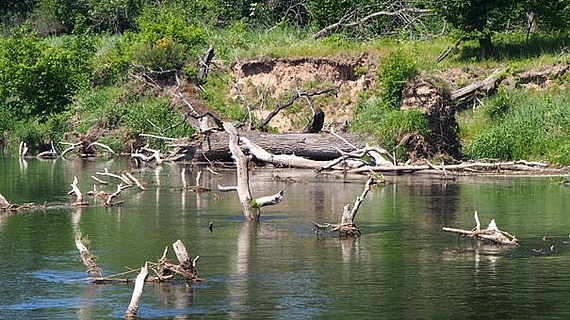

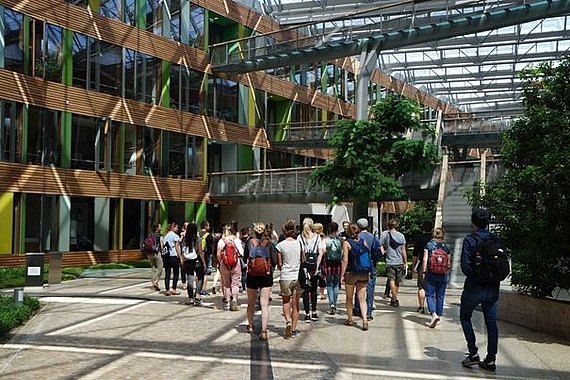

The picture of the diverse flora and fauna in the Middle Elbe Biosphere Reserve was completed with a visit to the nearby visitor centre, the Auenhaus, as well as a subsequent excursion to the beaver enclosure and the Oranienbaum Heath. The cultural side of the area was brought home to the group by the management of the Dessau-Wörlitz Cultural Foundation during a guided tour of the Wörlitz Gardens, the heart of the Garden Kingdom. The visit to Sieglitz Park, which is also a project area of the EU Life+ project "Elbauen Vockerode", showed how closely nature conservation and cultural landscape are interlinked on site. During the visit to the innovative main building of the Federal Environment Agency, the focus was on the implementation of the European Water Framework Directive in Germany. The events of the flood disaster were illustrated by Lothar Ehm, mayor of the village of Waldersee, with a contemporary lecture. The excursion was rounded off by a river film evening in Dessau''s Kiez cinema.
More detailed information on the contents can also be found in the Reader with the student contributions.
The excursion was led by Cedric Gapinski, Julia Thiele and Dr. Miguel Cébrian-Piqueras from IUP. Special thanks go to Prof. Joachim Wolschke-Bulmahn (ILA) for organising the guided tour in Wörlitz, which he accompanied with a group of Master''s students of landscape architecture.


